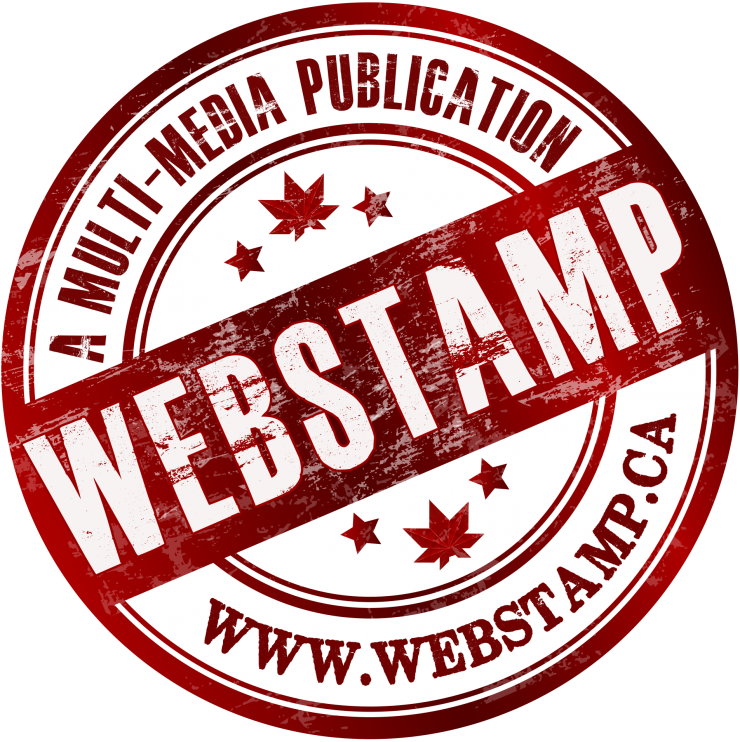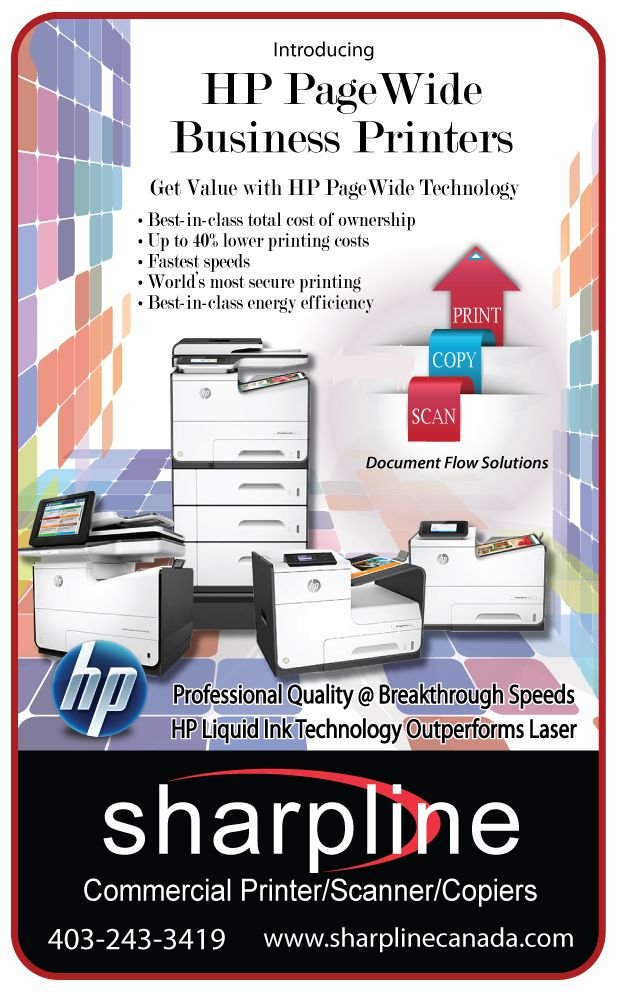WebStamp June 27, 2018
Sustainable Business With A Circular Economy
For the last several centuries business has advanced commerce following the linear model. This business concept has prospered significantly using the take, make, use, and dispose of method with the abundance of inexpensive resources and materials available. This, however, has created many problems and situations with depleting resources, inflation, impracticability, excessive waste and pollution. As a solution, commerce is now looking at doing business in a more sustainable eco-friendly way using a circular economy model.
Having small and medium enterprises (SME), which are the background of most economies, working together using a circular business concept we can form a sustainable commerce model. Many commerce organizations are beginning to realize the benefits of the development of sustainable business practices. The European Commission Implemented a Circular Economy Action Plan in January of 2018 in its continuous effort to transform Europe's economy into a more sustainable one. Results from the many studies and reports have shown the need for several different Circular Economy Business Models (CBM) working together in a closed loop system for it to be effective.
Share This Article
Designations for business models to achieve a sustainable economy vary from study to study and suggest having a circular supply chain, implementation of resource recovery, having product-as-a-service, extending product life and usability and resource sharing. A closed loop system has been shown to improve resource efficiency, such as saving material costs, creating competitive advantages, and the ability accessing new markets and avenues.
The circular economy should be restorative and regenerative by design according the Ellen MacArthur Foundation. The Foundation’s mission is to accelerate the transition to a circular economy, which is an enormous task to get globally businesses, organizations, and governments to work together. Recycling, which is in it’s adolescence stage, is one of the CBMs beginning to develop that began on a local level and has spread globally. This same approach of developing at a local level and then expanding to liaise with other localities improving efficiencies in each other CBMs.
Even though there are many already involved in developing CBMs, there are still many barriers to overcome. Research has discovered the main concern from 50% of SMEs surveyed is the lack of capital. Many SME’s also feel they are not able to cope with the administrative burden associated with interacting efficiently through the circular economy supply chain. Many SMEs are not sure of how to become part of the movement due to the lack of information, support and bargaining power from supply and provision networks, and governments.
In the next several issues of WebStamp, I will be writing more about the Circular Economy. We will be exploring the different CBMs, their pros and cons, along with how each model should work together to achieve a truly eco-sustainable Circular Economy. In the meantime, check out what the Circular Economy is all about. Explore the links and references and search some more. Put your ideas on achieving a totally sustainable economy and comfortable lifestyle, while preserving the planet for generations to come.
References:
http://www.mdpi.com/2071-1050/8/11/1212/html#sec4-sustainability-08-01212
http://ec.europa.eu/environment/circular-economy/index_en.htm
http://www.wrap.org.uk/about-us/about/wrap-and-circular-economy
https://www.ellenmacarthurfoundation.org/circular-economy
file:///C:/Users/marin/Downloads/Master%20Thesis%20Final%20Deborah%20 Kuppens.pdf
https://www.accenture.com/ca-en/insight-circular-advantage-innovative-business-models-value-growth

Articles in this Issue
Improving the Local Economy
by Connecting Calgarians
With their Communities
Join the M.A.D. Movement
Calgarians can continue to Make A Difference by simply making a M.A.D. Move by doing anything, no matter how small, that has a beneficial outcome. WebStamp encourages everyone to help stimulate the local economy by Buying Locally.



